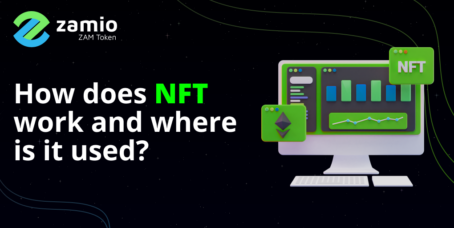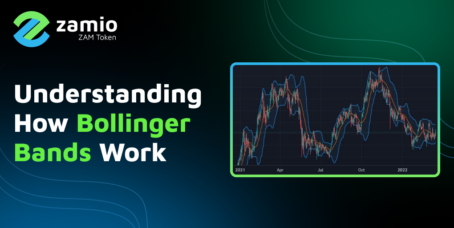One must distinguish between bitcoin and blockchain, which is the technology or system that allows cryptocurrencies, such as bitcoin, to operate. Bitcoin is digital money that has no physical counterpart in the real world. It corresponds to real money and has an official exchange rate in respect to the national currencies. For more information, read: What is Bitcoin?
Blockchain applications are not exclusive to digital currencies. It has many other different uses, such as conducting smart business contracts, but let us discuss blockchain in the context of bitcoin.
Table of Contents
Blockchain definition
The Bitcoin blockchain is a big database that stores all transactions executed on the bitcoin network. So, the blockchain acts as a public ledger that records all financial activities happening on the bitcoin network. The blockchain works transparently. It gives every participant in the network from anywhere and on any computer the details of financial transactions:
- The digital address of sender and the receiver
- The number of bitcoins sent
- The time of transaction
However, the identity of the sender and recipient remains private. So, the blockchain keeps personal information from private and public hands. Click here to view the public ledger of the blockchain.
When you transfer a certain amount of bitcoin from your digital wallet to your friend’s, for example, or when you buy a specific commodity in exchange for bitcoins, the financial transaction is recorded in the public ledger. It enters a block of financial transactions once the miners verify its authenticity. Once the transaction enters the block, no one can ever tamper with it.
But of course, you are not the only one among the millions of network users who made a financial transaction. Financial transactions that are executed at the same time by users enter the chain as a single block:
About every 10 minutes, a block of financial transactions forms. Then it is audited and validated by miners before it enters the chain. Thus we have the name blockchain: a group or block of transactions arranged or sequenced chronologically, block by block, one after the other, forming a chain of blocks.
The blockchain prevents manipulation or alternation. Therefore, it prevents corruption, as no one can reverse or modify the data it holds, so much that if you make a mistake in the amount you send to someone, you can’t correct it after it enters the block. Your friend, in this case, must send back the difference of the amount if you overpaid him.
Key characteristics of the blockchain
- Decentralized (no entity controls it)
- Immutable (no one can modify the data)
- Secured (through encryption mechanisms)
- Distributed (data is replicated and shared by multiple users)
- Private (user identity is concealed)
- Built-in functionality for smart-contracts
What makes blockchain so popular
The privacy policy of many major market players, such as Apple, Facebook, Google, does not imply the protection of user data. On the contrary, these companies use private information for their own purposes. Essentially, the purpose of the blockchain is to record and distribute information but never to edit it. Thus, blockchain is an ideal tool for the private storage of any information.
The modern economy needs a transparent and secure and private instrument for carrying out and storing financial transactions for the masses, and blockchain delivers just that than more.









